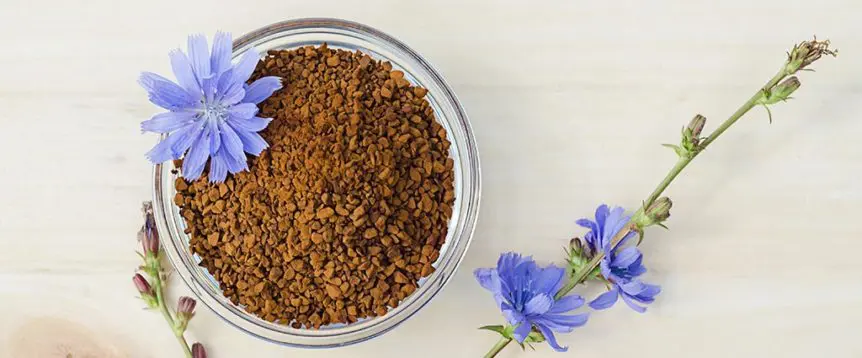If you’ve read articles about gut health, then you’ve probably heard about inulin, a prebiotic fiber that feeds the good bacteria in your digestive tract. Like any fiber, it can cause abdominal pain and bloating if you ingest too much too fast.
Here’s what you need to know about inulin.
It’s found in thousands of plant species. Chicory root is by far the best natural source, containing between 35–47 grams of inulin per 3.5 ounces.
Other good natural sources of inulin are Jerusalem artichokes and garlic.
Studies supporting the link between consuming fiber (such as inulin) and good health are numerous.
Having the right balance of bacteria in the gut is essential for digestive health and a strong immune system. A 2017 study showed inulin to be effective at stimulating the growth of “good” probiotic bacteria.
Other studies have found inulin consumption beneficial to maintaining a healthy weight. In an 18-week study of prediabetic adults, subjects who were given inulin lost significantly more weight between weeks 9 and 18 than subjects who were given another type of fiber.
Another potential health benefit of inulin is improved heart health. In fact, in an 8-week study of subjects who took inulin, researchers found decreased levels of triglycerides (a kind of fat found in the blood) and low-density lipoproteins (or LDL), which can lead to a build-up of cholesterol in the arteries.
Since most Americans don’t get enough fiber from diet alone (which is 25 grams for women and 38 grams for men per day according to the Academy of Nutrition and Dietetics), consider taking an inulin supplement.
We recommend:
Jarrow Formulas Inulin FOS Powder
Mix one scoop per day into water or your favorite beverage.

